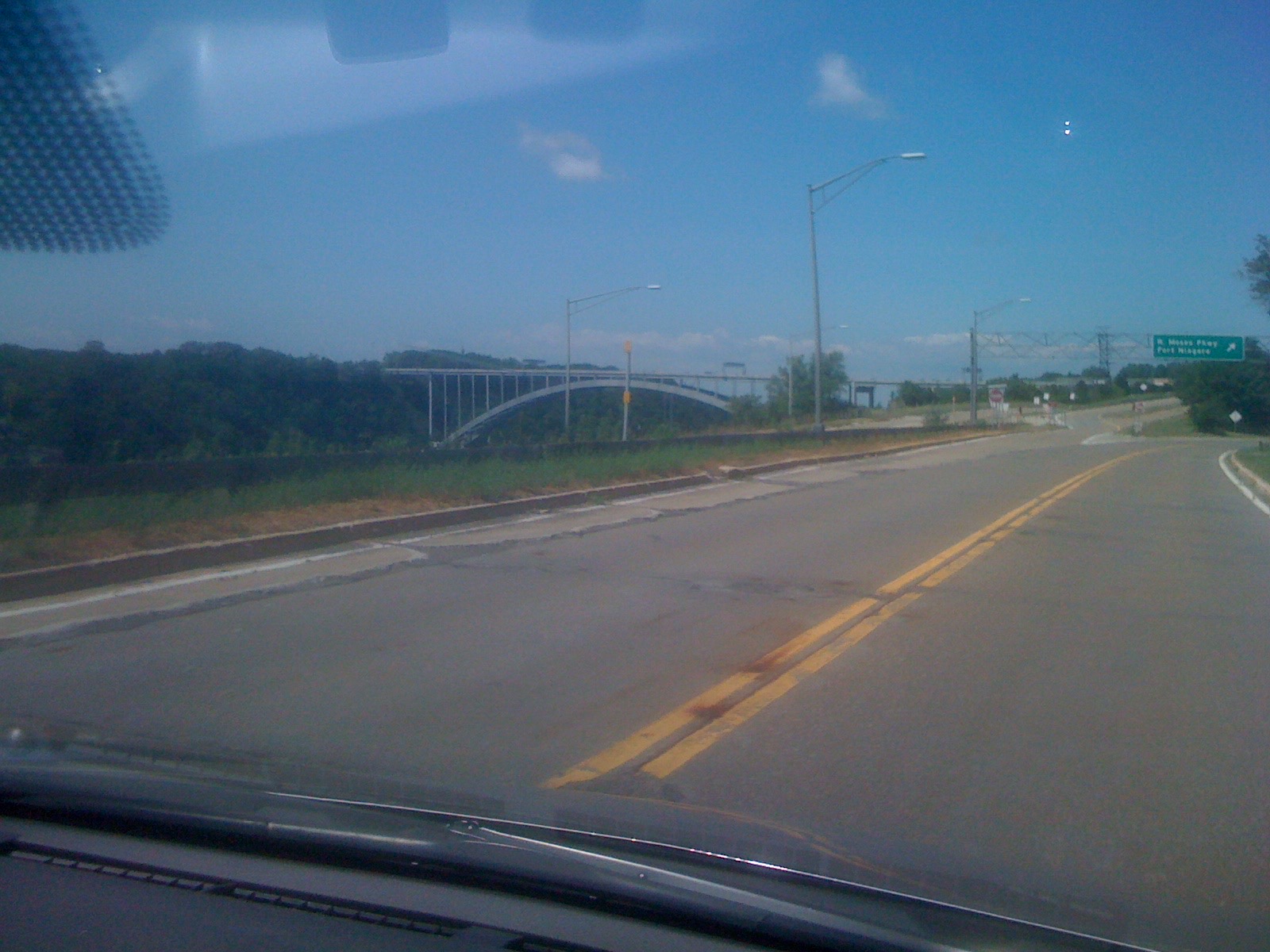While airplane and cruise line travel are way down due to the coronavirus, travel by cars is almost exactly where it was in 2019. Better roads help.
Travel in the “Summer of Covid,” if we may call it that, was certainly much different from the years that preceded it. And it looks like that’s how it will remain into 2021.
AAA, the non-profit travel and automotive services organization, forecast in June 2020 that travel would be down significantly for those going by air (down 73.9 percent) and by rail and cruise lines (down 85.5 percent).
But the standout was travel by automobile. Compared to 2019, car trips were expected to be down. But the drop was only 3.3 percent. Making up for peoples’ reluctance to leave home at all was, evidently, the decision by would-be travelers to go for a drive. In some cases, a very long drive. The need to leave isolation in peoples’ homes was significant and it seems clear that vacation road trips were the option that millions of Americans chose.
There were 700 million trips projected by the AAA, which said long weekend getaways were more common than extended vacations. Overall, “the pandemic wiped out nearly 150 million person-trips this summer,” said AAA spokespeople. The trips that were scheduled came with less planning, where booking hotels and short-term rental vacation homes (Airbnb, VRBO, etc.) were typically done between two and seven days in advance.
Safer travel: tips for driving vacations
NPR.org provided advice to its audiences at the beginning of the summer, acknowledging varying risks of virus transmission by any means of travel. For driving trips, it suggested the advantage was – compared to, say, passing through an airport and spending hours in an airplane – “driving gives you a greater sense of control over your surroundings.” The news organization quotes Lawrence Gostin, director of the O’Neill Institute for National and Global Health Law at Georgetown University, who provides this advice for safer vacations by car travel:
- Minimize stops on road trips by packing food and water, as much as is possible.
- At stops for food, get take-out and drive-through meals.
- At gas stops, and just about anywhere, practice good hygiene with hand sanitizers.
- Any meal breaks should be done outdoors or inside your own car.
- For lodging, the safest options are camping and sleeping in one’s own vehicle.
- Second safest is a hotel or other housing that doesn’t require using an elevator or otherwise being in small, confined spaces with other people (e.g., breakfast buffets).
- While surface transmission of the coronavirus is thought to be far less likely and worrisome than via airborne particles and aerosols, carrying alcohol wipes to wipe down surfaces in a hotel room are added lines of defense.
- If windows in a hotel room can open, do so upon arrival for a while to minimize leftover air from a previous guest.
Where people went, and where the roads are worst
Most popular destinations for summer travel in 2020 were (most listed first) Denver, Las Vegas, Los Angeles, Seattle, Phoenix, Portland OR, Myrtle Beach, Orlando, San Diego and Nashville, according to AAA.
However, some of that overlaps with the worst roads in the nation, as ranked by QuoteWizard, an auto insurance tool used by Lending Tree. Using data from the Federal Highway Administration assessments of states’ roads and bridges in poor or structurally deficient condition, as well as how much money each state allocates proportionally to road maintenance, and averages of individual vehicle repairs and operating costs due to poor road conditions – which of course is a function of potholes in those roads – the states (worst listed first, taking into account multiple factors) are as follows:
Rhode Island (53% of roads in poor condition)
Oklahoma (33%)
West Virginia (31%)
Mississippi (30%)
Pennsylvania (30%)
New Jersey (34%)
California (45%)
Missouri (23%)
Louisiana (25%)
New Mexico (31%)
Wisconsin (29%)
Connecticut (34%)
The state that “wins” for having the highest costs for car maintenance due to poor pavement is Oklahoma at $900/driver/year.
There’s no solid word on when travel restrictions and consumer confidence relative to the pandemic will be lifted and travel will return to pre-pandemic conditions. For the time being, it looks like car travel for the holidays in 2020 and winter 2021 will continue to favor wheels on pavement – the smoother, the better.






